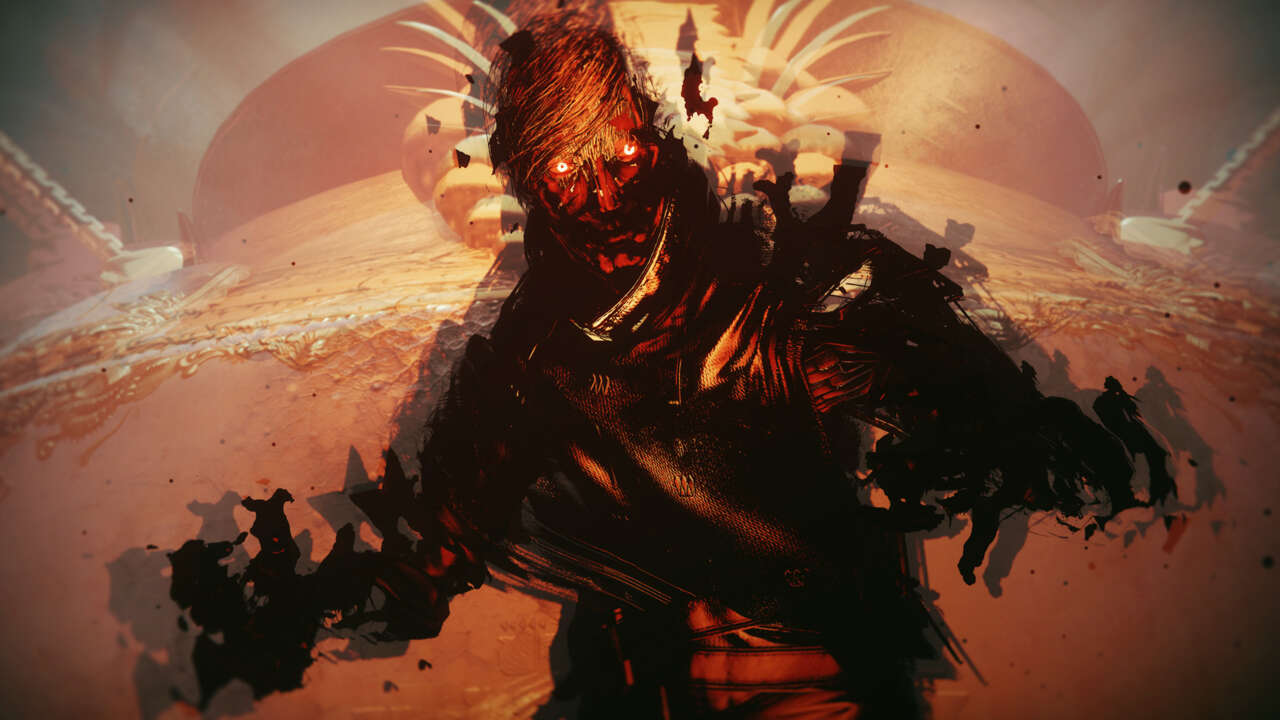Gwent: Rogue Mage Review in Progress
I never took much time out of my Witchering career to play the head-to-head card game Gwent in The Witcher 3: Wild Hunt, but the Gwent-based single-player RPG Thronebreaker: The Witcher Tales was one of my favorite games in the entire Witcher franchise. And likewise, the new standalone spin-off Gwent: Rogue Mage has gotten its hooks into me with its roguelike elements, tricky boss battles, and lightweight but intriguing story. I haven’t quite reached the end of that story just yet, but I have completed plenty of runs and am excited to see how it’s truly meant to end even after around 25 hours.
If you never played Thonebreaker, both it and Rogue Mage basically use Gwent as an RPG battle system, fighting against AI enemies and giving you some cards that would be hilariously unbalanced in its PvP counterpart. See, part of why I’ve always found standard Gwent a bit lackluster is that there are a handful of meta strategies that are very powerful, and putting together a deck with no restrictions can be tedious and intimidating. Thronebreaker and Rogue Mage work so well because their deck building restrictions, weird cards, and unorthodox match rules actually make them significantly more fun.
There isn’t as much focus in Rogue Mage on a sweeping epic of war and betrayal like in Thronebreaker, as the story is mostly centered on a single character: the obsessive mage Alzur, responsible for creating the first Witchers centuries before Geralt’s heyday. And that’s exactly what you’ll be doing: hunting down powerful boss beasties for their mutagens and injecting them haphazardly into human subjects until you manage to invent a brooding antihero to slay ghouls for fun and profit. Narrative flavor is delivered in little snippets and animated cutscenes along the way, and the writing and voice acting are as sharp as you’d expect from a Witcher game, even if they’re not really the focus.
Slay the Nekker
Rather than sending you on a linear, sprawling quest, Rogue Mage is composed of many roguelike runs across the monster- and bandit-infested hinterlands that usually take a couple hours or so if you make it all the way to the end. As you plot a path, you’ll run into over 30 different normal, elite, and boss enemies, each with their own distinct decks and a potent leader card that gives them a very unique playstyle. Some are relatively simple, like a bandit who can dish out a bit of damage every turn. Others are far more insidious, like a spymaster who can turn your units into spies and spawn copies of them on his side of the field.
“
This variety really keeps things interesting early on, though once I got a couple dozen runs in, I started to feel like some of these opponents I’d faced many times were getting a bit stale. I’d figured out what their thing was and how to counter it, so the actual fights could come to feel like a bit of a formality. Maybe something like a random mutation that could change those encounters up from time to time would be nice.
The randomness built into the player deck, though, makes sure I could never truly fall into a boring routine. There are three base decks which all have a strong theme, from buffing your own units to sacrificing them for more power (as well as a fourth “Chaos” deck that could contain any of the cards you’ve unlocked). You’ll always start a run with the same cards based on the deck you selected, but can pick up more as loot along the way by defeating enemies, opening treasure chests, and completing events. And I think this unpredictability is fantastic.
Wild Magic
Randomized card drops and opponents who have weird mechanics that make you rethink every single hand is Gwent at its very best. And while I was a bit vexed at first that I had to throw away the awesome deck I had assembled at the end of every run and start over with a stock one, it also prevented me from becoming overly reliant on the same overpowered combos and forced me to think about new synergies every time. However, I did miss the clever thinking required by some of the more creative puzzle fights from Thronebreaker. There is less variety overall, and even the more elaborate boss fights in Rogue Mage are relatively straightforward compared to some of its predecessor’s weirdest and most memorable matches.
I still haven’t completed the story and birthed my own Witcher yet, which requires many, many runs to slay various tough bosses for their mutagens. But I’ve played enough to say that I’m thoroughly enjoying my time with Rogue Mage and it hasn’t lost its shine yet. Leveling up after each run adds new cards to the loot pool and unlocks new spells for Alzur, so I’m always discovering combos and mixing up my playstyle with each of the three decks. The decks themselves are distinct enough that I can swap them out when I’m getting tired of one of them and have a very different experience. I do wish there was a little bit more linear progression though, since almost everything you unlock is just another option, rather than anything that increases your base power permanently.
I’ll have my full review of Rogue Mage ready next week, so check back once I figure out how to deal with the small problem where all of my test subjects seem to die screaming instead of becoming hot monster hunters.
Check out our Latest News and Follow us at Facebook
Original Source







